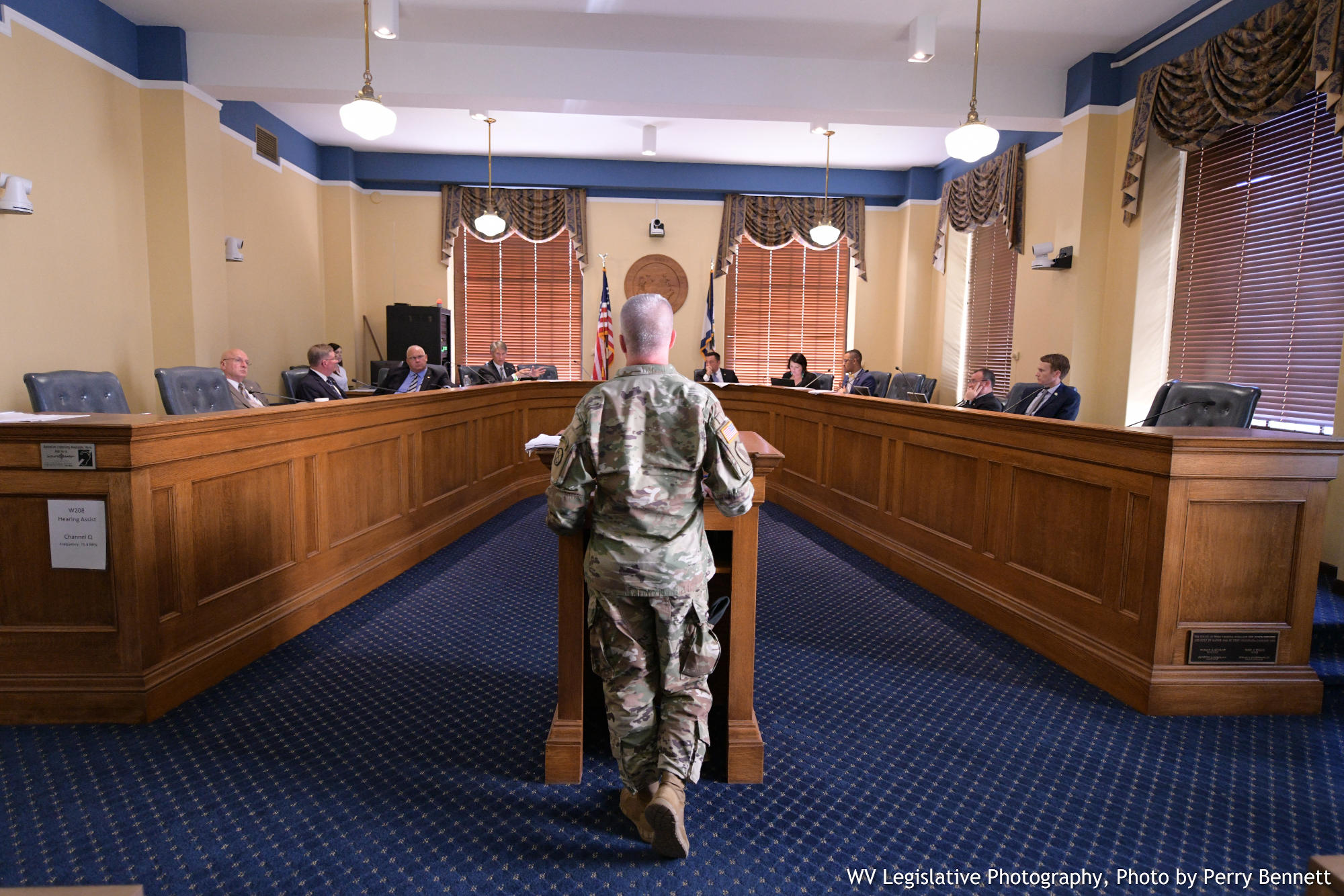The Joint Committee on Flooding heard updates on school construction in Nicholas and Kanawha counties and also heard updates on stream gauge installation.
Ben Ashley, director of architectural services at the School Building Authority told lawmakers that Kanawha County is tracking well, mentioning especially, Clendenin. He said Kanawha and Nicholas counties are nearing completion of FEMA’s mandated environmental assessments. Ashley said he is cautiously optimistic about the timeline.
Kanawha County completed the procurement, design and construction of portables. The environmental historical consultations of the historic review of Clendenin Elementary also has been completed, he said. The site justification process for both schools in Kanawha County also have been completed.
Clendenin Elementary is the farthest along in the process with the completion of FEMA’s internal legal review—which is part of a 50-day review window. This internal legal review is about to begin for Herbert Hoover High School.
Nicholas County received CEFP approval and school closure approval from the state Board of Education, he said. Ashley said the SBA is waiting on the status of submissions for Summersville, Glade Creek and the Cherry River sites. He said once that is approved, the 50-day review period starts.
Sue Chapman, director of finance for the School Building Authority, said $5,990,701 has been spent so far. In Kanawha County, $428,354 has been spent so far for demolition. In Nicholas County, $536,000 has been spent for demolition. The total amount spent in Kanawha County was 4,827,201 and $1,163,500 for Nicholas County.
***
Jeremy White, with the U.S. Geological Survey Virginia-West Virginia Water Science Center, updated lawmakers on stream gauge installation.
White told the committee that if gauges were in place in White Sulphur Springs during the 2016 floods, people could have subscribed to receive texts or emails when these gauges reached a defined threshold. The Department of Highways then could have started closing roads earlier. Adding a gauge at Howard Creek in White Sulphur Springs was part of the 2019 network expansion.
Gauges also provide historical data of flooding to help understand potential future flooding events.
White said there is a need for funding so the gauges can be maintained. Current funding for installation and equipment upgrades ends September 30. He said there are sensors for about 90 percent of the sites and there is minor reconnaissance left to do. The goal is to have all gauges installed by that deadline. However, if there is no funding after that deadline, he said all 39 newly-installed stream gauges will not be supported or maintained and data will not be transmitted.
He told lawmakers $800,000 is needed to continue operating and maintaining the network – about $430,000 going toward the existing network and $370,000 for the new network.
The USGS receives about 60 percent of federal dollars and 40 percent of its funding from the state. He told lawmakers that a short-term supplemental request is needed to shore up the project for the coming year but in the future, they need more stable funding.
About $765,000 was provided through the state budget surplus funding in October 2018 to the Division of Homeland Security and Emergency Management, which signed a joint funding agreement with the USGS. About $425,000 was contributed directly to the existing stream network.
About $390,000 went to upgrades and installing 39 sites with 31 sites part of the Division of Homeland Security and Emergency Management’s IFLOW network. The USGS matched about $340,000 with additional one-time funds for infrastructure improvements and equipment purchases.

